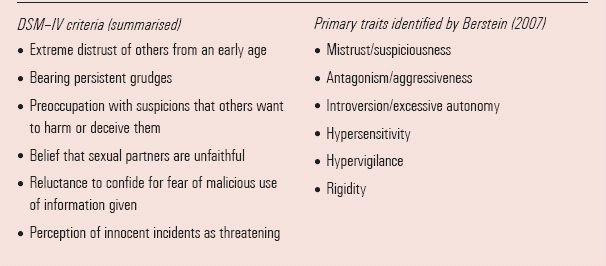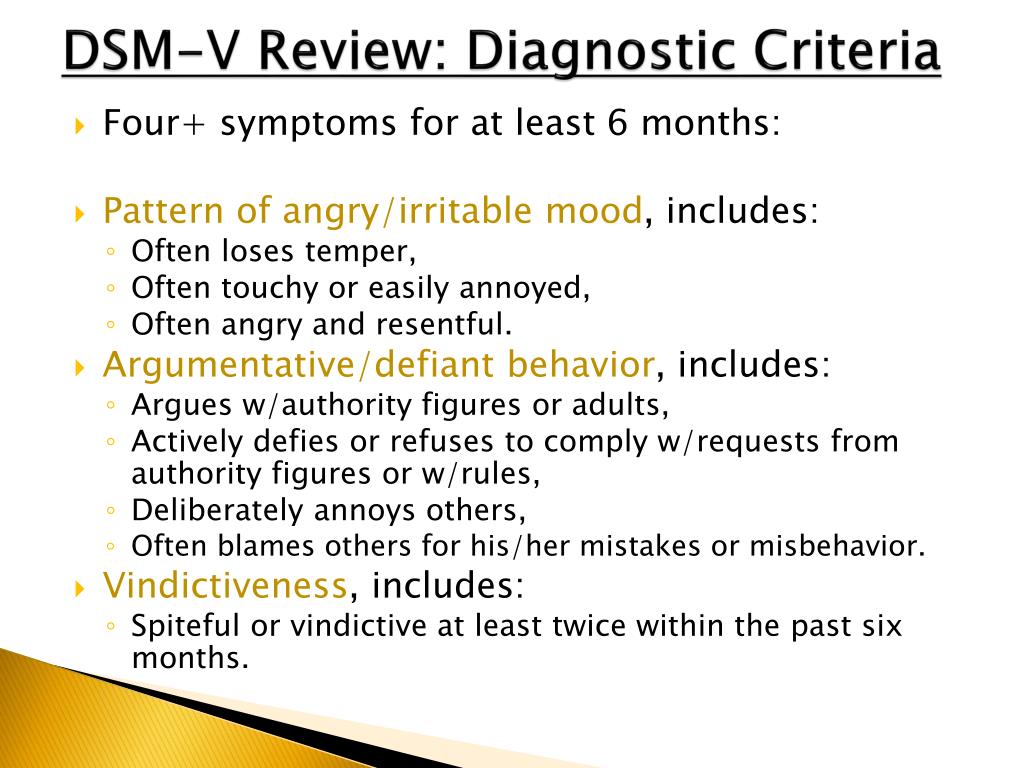

Gender distribution tends to be skewed towards males, with 3 to 5 times more likelihood of being diagnosed with ASPD than females, with 6% men and 2% women within the general population. Due to the predicting factor of the initial diagnosis of conduct disorder before the age of 15, this assumption can be quite broad as CD does not always get adequately evaluated. The estimated lifetime prevalence of ASPD amongst the general population falls within 1 to 4%. Interactions of specific genes with the environment have been an area of study as well, with evidence of variation in the oxytocin receptor gene (OXTR) contributing to the broad ranges of behavior elicited in antisocial personality disorder due to its effect on the influence of deviant peer affiliation. Research has focused on establishing the exact gene contributing to ASPD, and much evidence is pointing toward the 2p12 region of chromosome 2 and variation within AVPR1A. Other studies stress the importance of both shared and non-shared environmental factors, including both family dynamics and peer relations on the development of ASPD. Environmental factors that correlate to the development of antisocial personality disorder include adverse childhood experiences (both physical and sexual abuse, as well as neglect) along with childhood psychopathology (CD and ADHD). Various studies in the past have shown differing estimations of heritability, ranging from 38% to 69%. Īlthough the precise etiology is unknown, both genetic and environmental factors have been found to play a role in the development of ASPD. Recent literature states that although a heterogeneous construct that can subdivide into multiple subtypes that share many similarities and are often comorbid but not synonymous, individuals with ASPD must be characterized biologically and cognitively to ensure more accurate categorization and appropriate treatment. However, others counter that psychopathy is simply a subtype of antisocial personality disorder, with a more severe presentation. Many researchers and clinicians argue this diagnosis, with concerns of significant overlap with other disorders, including psychopathy. Before the age of 18, the patient must have been previously diagnosed with conduct disorder (CD) by the age of 15 years old to justify diagnostic criteria for ASPD. Antisocial personality disorder is the only personality disorder that is not diagnosable in childhood. All of these disorders characteristically present with dramatic, emotional, and unpredictable interactions with others. Antisocial personality disorder falls into 1 of 4 cluster-B disorders, which also includes borderline, narcissistic, and histrionic.
DSM 5 ANTISOCIAL PERSONALITY DISORDER MANUAL
The Diagnostic and Statistical Manual of Mental Disorders (DSM 5) classifies all ten personality disorders into three clusters (A, B, and C). Disregard for and the violation of others' rights are common manifestations of this personality disorder, which displays symptoms that include failure to conform to the law, inability to sustain consistent employment, deception, manipulation for personal gain, and incapacity to form stable relationships.

Antisocial personality disorder (ASPD) is a deeply ingrained and rigid dysfunctional thought process that focuses on social irresponsibility with exploitive, delinquent, and criminal behavior with no remorse.


 0 kommentar(er)
0 kommentar(er)
